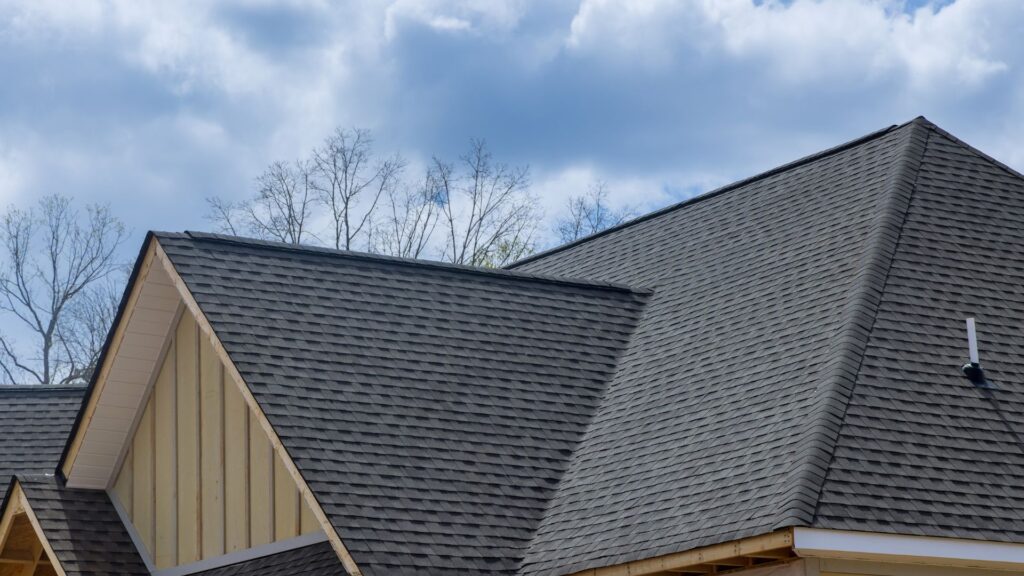
Your roof is more than just a shelter—it’s your home’s first line of defense against the elements. Residential roofing plays a crucial role in maintaining your home’s safety, comfort, and value. While a roof might seem like a “set it and forget it” part of your home, giving it some attention can save you a lot of headaches—and money—over time. Today, we’ll explore practical tips for keeping your roof strong, durable, and long-lasting.
Why Residential Roofing Maintenance Matters
Taking care of your roof isn’t just about aesthetics. Proper residential roofing maintenance protects your home from leaks, water damage, and energy inefficiencies. One of the most common mistakes homeowners make is ignoring small signs of wear and tear. Even minor issues, if left unchecked, can escalate into costly repairs.
Regular inspections are key. Look out for damaged shingles, moss or algae buildup, and signs of water intrusion inside your home. Additionally, maintaining proper attic ventilation can help prevent heat and moisture buildup, which can shorten your roof’s lifespan.
Pro Tip: Schedule a professional inspection at least once a year—preferably before the rainy or stormy season. This proactive approach can extend the life of your roof significantly.
Choosing the Right Materials for Residential Roofing
Not all roofs are created equal. The materials you choose for your residential roofing can make a huge difference in longevity and maintenance requirements. Asphalt shingles are popular due to their affordability and durability, while metal roofs offer incredible lifespan and energy efficiency. Tile and slate roofs, though pricier, provide unmatched durability and curb appeal.
When selecting roofing materials, consider your local climate. For instance, metal roofing works well in areas prone to heavy snowfall, while clay tiles are ideal for hotter climates due to their heat resistance. Choosing the right material ensures your roof withstands environmental stress and lasts for decades.
Internal Link Suggestion: For more on storm-related damage, see our related guide: How to Handle Storm Damage Repair for Your Roof in Westminster Before It Gets Worse.
Simple Tips for Long-Lasting Residential Roofing
Now that we’ve covered why maintenance matters and how to choose materials, let’s talk practical steps to keep your roof in top shape:
1. Regular Cleaning and Debris Removal
Leaves, branches, and dirt may not seem harmful, but over time, they can trap moisture and accelerate roof decay. Keep gutters and downspouts clean to prevent water backup. Regularly inspect for moss or algae growth, especially in shaded areas, as this can damage shingles.
2. Timely Repairs
Don’t ignore small issues like cracked shingles or minor leaks. Residential roofing thrives on timely intervention. Fixing a small problem early prevents it from escalating into a full-blown roof replacement.
3. Proper Inspections
Hire a professional to inspect your roof twice a year, particularly after severe weather. They can identify hidden damage, such as lifted shingles or weakened flashing, before it becomes expensive.
4. Invest in Quality Installation
Even the best materials can fail if improperly installed. Make sure your roofing contractor is licensed, insured, and has a solid track record. Quality installation ensures your residential roofing system functions optimally for years to come.
Extending Your Roof’s Lifespan Through Smart Practices
Residential roofing isn’t just about reactive care—it’s also about preventive strategies. Here are some additional ways to extend your roof’s lifespan:
Trim Overhanging Trees: Branches rubbing against your roof can cause shingle damage and invite pests.
Check Attic Insulation: Proper insulation prevents ice dams in winter and reduces heat stress in summer.
Monitor Flashing and Sealants: Flashing around chimneys, vents, and skylights should be checked regularly to avoid leaks.
Keep an Eye on Your Roof’s Age: Most roofs last between 20-50 years depending on materials. Plan for eventual replacement to avoid emergency situation.
By incorporating these small but consistent practices, your residential roofing can remain functional and attractive for decades.
When to Call a Professional
Even with diligent care, there will come a time when professional intervention is necessary. Signs that it’s time to call a roofer include:
Persistent leaks despite patching
Sagging or visibly damaged areas
Missing shingles after a storm
Worn or brittle flashing
Professional roofing services can provide both repair and preventive care, ensuring your home stays protected year-round. Don’t wait until a minor issue becomes a major expense.
Call to Action: Ready to ensure your roof lasts for decades? Contact our trusted residential roofing specialists today for a full inspection and expert advice.
Conclusion
Residential roofing is one of the most critical aspects of home maintenance. By understanding the importance of regular inspections, selecting the right materials, and practicing preventive care, you can enjoy a durable, long-lasting roof. Small, consistent efforts go a long way in preventing damage, avoiding costly repairs, and maintaining your home’s value.
Remember, your roof isn’t just a cover—it’s a long-term investment in the safety and comfort of your home.
